Hi there, pet lovers! 🦎
Flying geckos (Gekko kuhli or Ptychozoon species) are some of the most fascinating and unique reptiles in the pet trade. Known for their incredible gliding abilities, striking camouflage, and nocturnal habits, these geckos offer a captivating experience for intermediate to advanced reptile keepers.
While not as common as crested geckos or leopard geckos, flying geckos have a dedicated following due to their exotic appearance and intriguing behaviors. However, they require more specialized care than many beginner-friendly reptiles.
In this detailed review, we’ll cover everything you need to know about flying geckos—from their temperament and habitat needs to their diet, health, and availability. Whether you’re considering one as a pet or simply curious about these remarkable creatures, this guide will help you make an informed decision.
Overview
Flying geckos are small, arboreal lizards native to Southeast Asia, particularly Thailand, Malaysia, and Indonesia. They are famous for their gliding ability, thanks to skin flaps along their bodies, which allow them to “fly” between trees.
Here’s a quick summary of what makes them unique:
- Handling & Temperament: Shy and delicate; not ideal for frequent handling.
- Care & Maintenance: Moderate to high-maintenance due to humidity and space needs.
- Health & Durability: Sensitive to stress and improper conditions.
- Availability: Less common than other geckos; mostly found through specialized breeders.
- Cost: Moderate initial cost, with higher setup expenses.
- Overall: Best suited for experienced reptile keepers who enjoy observing natural behaviors.

Why Choose a Flying Gecko?
Flying geckos are perfect for keepers who:
- Want a visually stunning and unique reptile.
- Prefer observing natural behaviors over handling.
- Enjoy creating bioactive or naturalistic enclosures.
- Are looking for a challenge beyond beginner species.
Their gliding ability, camouflage, and nocturnal activity make them endlessly fascinating to watch. However, they are not ideal for beginners due to their sensitivity and specific care needs.
Handling and Temperament
Flying geckos are not a hands-on pet. They are shy, fast, and easily stressed, making them better suited for observation rather than frequent handling.
Personality & Behavior
- Nocturnal & Secretive: Most active at night, hiding during the day.
- Escape Artists: Quick and agile; can jump or glide if startled.
- Stress-Prone: Excessive handling can lead to tail drops or refusal to eat.
Handling Tips (If Necessary)
- Minimize handling—only when absolutely needed (e.g., health checks).
- Move slowly to avoid startling them.
- Avoid grabbing their tails, as they may drop them (they do regrow back however).
Unlike crested geckos or leopard geckos, flying geckos are not recommended for children or casual handling.
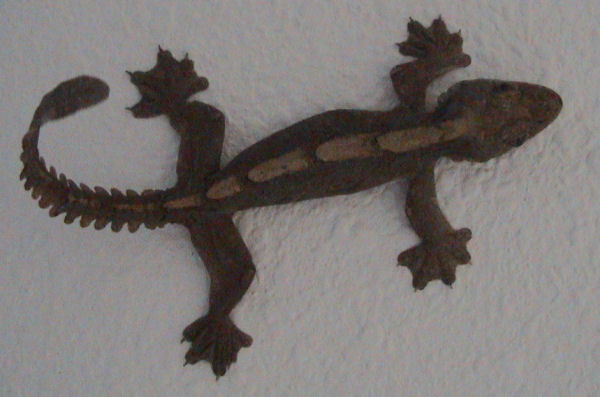
Care and Maintenance
Flying geckos require a well-planned habitat that mimics their natural rainforest environment. Proper humidity, climbing space, and temperature control are essential.
Enclosure Setup
- Size: Minimum 18x18x24″ (taller is better for climbing/gliding).
- Type: Screen or glass with ventilation to maintain humidity.
- Substrate: Coconut fiber, sphagnum moss, or bioactive soil to retain moisture.
- Climbing & Hiding:
- Branches, vines, and cork bark for climbing.
- Dense foliage (live or artificial plants) for hiding.
- Vertical space to encourage natural gliding behavior.
Humidity & Temperature
- Humidity: 70-80% (must be misted 2-3 times daily).
- Temperature:
- Day: 75-82°F (24-28°C).
- Night: 70-75°F (21-24°C).
- Basking spot (optional): 85°F max (29°C).
A hygrometer and thermometer are essential to monitor conditions.
Feeding
- Primary Diet: Live insects (crickets, roaches, mealworms).
- Supplementation: Calcium + D3 dusting 2-3 times a week.
- Feeding Schedule: Every other day for adults, daily for juveniles.
- Water: Mist leaves for drinking; a shallow water dish is optional.
Unlike crested geckos, they do not eat fruit or commercial diets—they are strictly insectivorous.
Lighting
- No UVB required (but low-level UVB can benefit long-term health).
- Low-wattage heat lamp if extra warmth is needed.
- Natural day/night cycle (12 hours light, 12 hours dark).
Health and Durability
Flying geckos are sensitive to poor conditions and can develop health issues if their environment is not maintained properly.
Common Health Issues
- Respiratory infections (from low humidity or cold temps).
- Dehydration (if humidity is too low).
- Parasites (from wild-caught specimens).
- Stress-related problems (tail loss, refusal to eat).
Preventative Care
- Quarantine new geckos (especially wild-caught ones).
- Maintain stable humidity & temperature.
- Provide a stress-free environment (minimal handling, plenty of hiding spots).
With proper care, they can live 8-12 years in captivity.
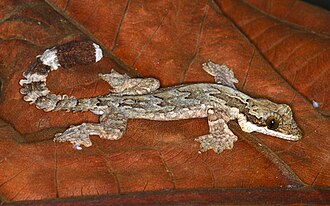
Availability and Cost
Flying geckos are less common than other gecko species, so finding a healthy specimen may take some effort.
Where to Buy
- Specialized Breeders (best option for healthy, captive-bred geckos).
- Reptile Expos (good for seeing them in person).
- Online Reptile Stores (check reviews before purchasing).
- Avoid Wild-Caught (higher risk of parasites & stress).
Cost Breakdown
- Gecko Price: $80 to $200+ (rarer morphs cost more).
- Setup Cost: $200 to $400 (enclosure, decor, heating, etc.).
Pros and Cons
Pros
✔ Unique gliding ability—fascinating to observe.
✔ Stunning camouflage & appearance.
✔ Nocturnal activity—great for night-time watchers.
✔ Doesn’t require UVB (though beneficial).
Cons
✖ Not handleable—easily stressed.
✖ High humidity needs (daily misting required).
✖ Harder to find than other geckos.
✖ Strict insect diet (no commercial foods).
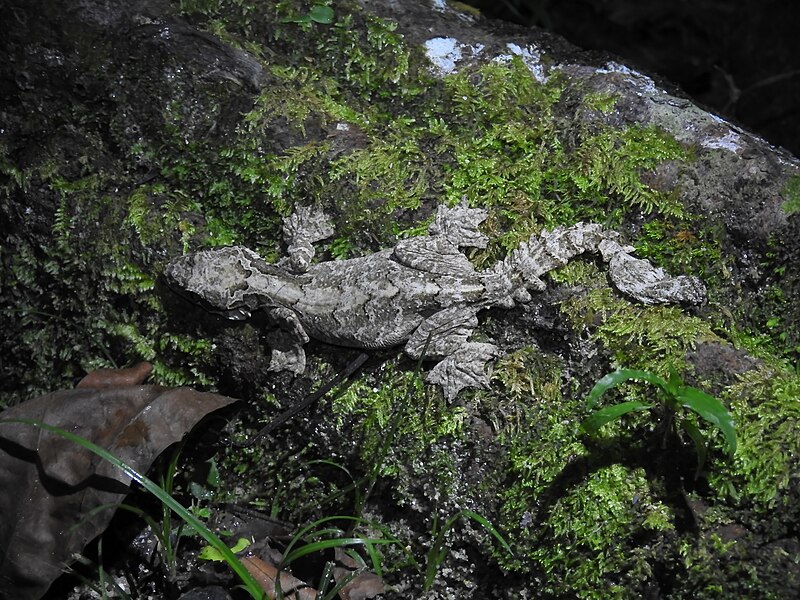
Final Thoughts
Flying geckos are amazing display animals for keepers who enjoy naturalistic setups and observing unique behaviors. However, their shy nature and specialized care make them best suited for experienced reptile owners.
If you’re prepared for the challenge, a flying gecko can be a rewarding and mesmerizing pet. We recommend starting with a captive-bred specimen and ensuring their habitat is perfect before bringing one home.
Have you kept a flying gecko? Share your experiences in the comments—we’d love to hear your tips and stories!
For more reptile care guides, stay tuned to our blog and subscribe for updates! 🦎✨



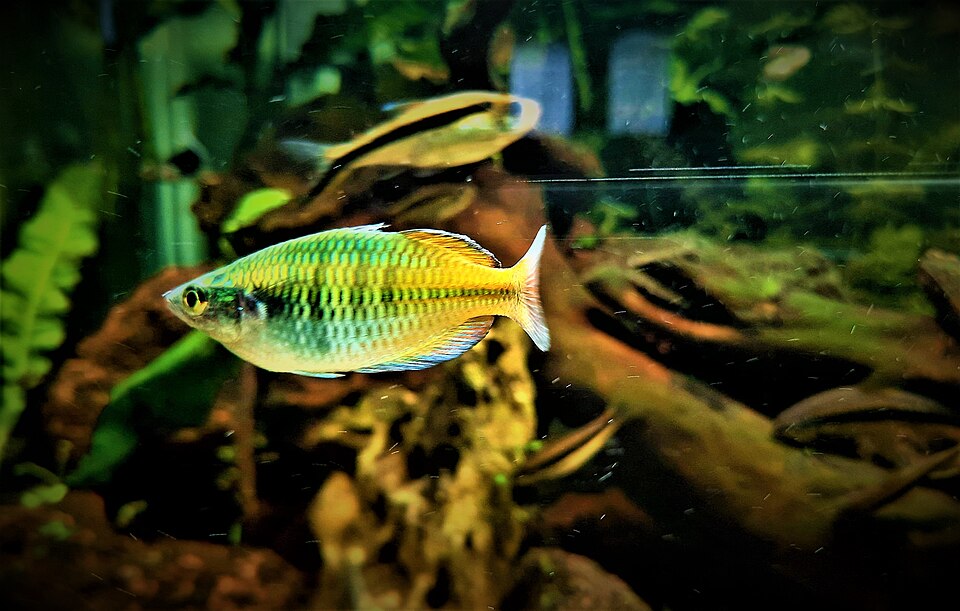
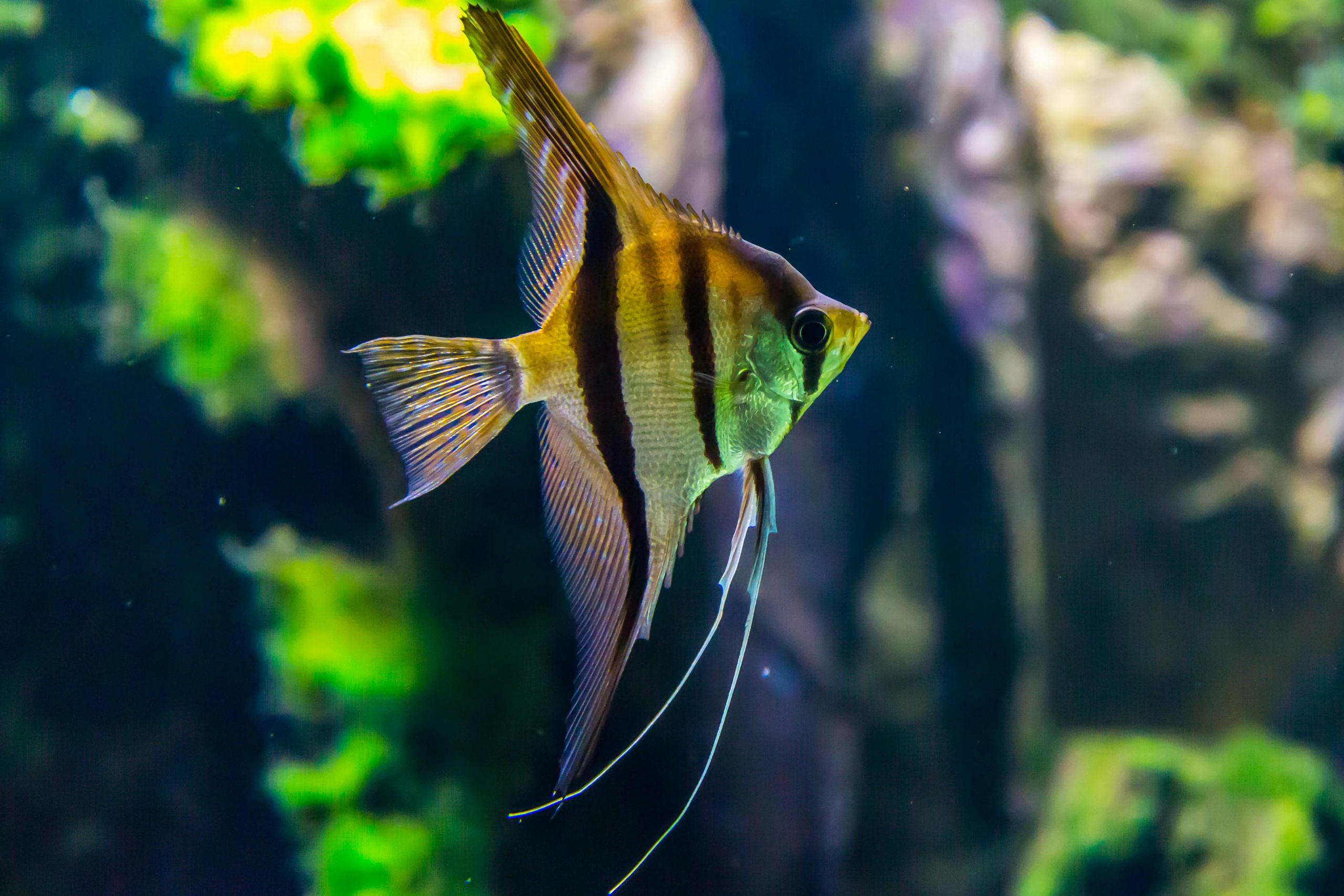
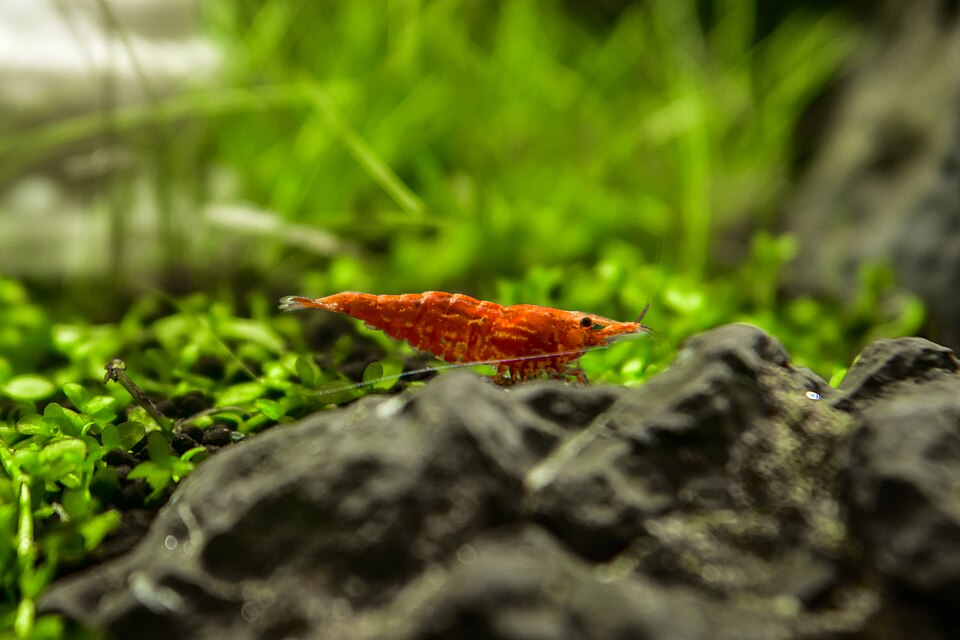

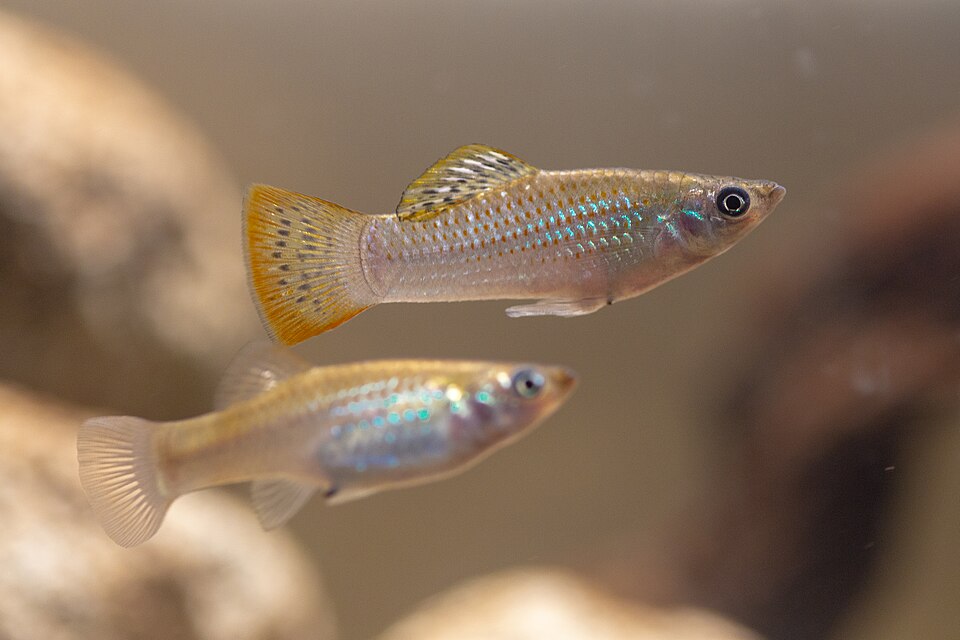
Leave a Reply